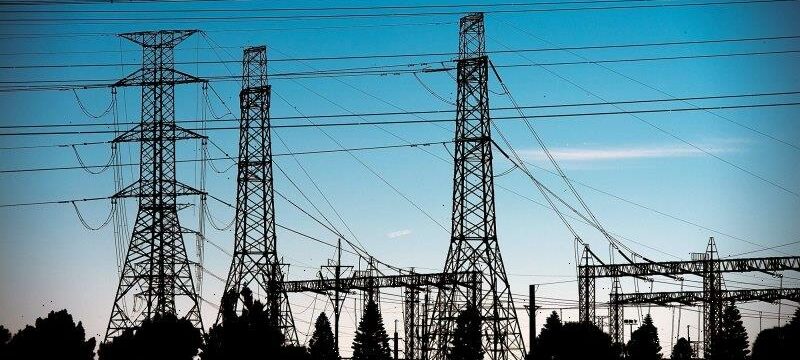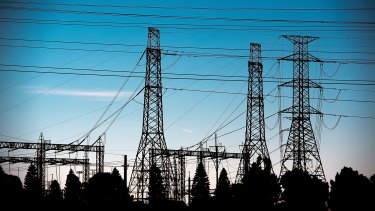Households are paying 8 per cent less for electricity on average after two years of tougher rules on suppliers and a steady fall in wholesale costs, leading the competition regulator to forecast continued gains in the year ahead.
The average electricity bill for residential customers fell by $128 to $1434 last financial year, the Australian Competition and Consumer Commission says in its latest review into the energy grid.
Electricity prices are falling. Credit:Daniel Kalisz
But the consumer bills remain 32 per cent higher than they were in 2008 after years of cost pressures, pressure on coal and gas energy generators and political disputes over climate change policy.
“The average cost per unit of electricity supplied to residential customers is now at its lowest level in eight years,” the ACCC says in the report to be released on Monday.
“This decline is driven by gradual network cost decreases, as well as more recent falls in previously high wholesale electricity costs.”
Household electricity cost 27 cents per kilowatt-hour on average last year, compared to only 20 cents in 2008, the regulator said.
The trend over the past two years has been a fall in all cost components except environmental, such as government rules that use feed-in tariffs to encourage renewable energy and pass these costs on to all consumers.
“Environmental costs are the only component of the cost stack to increase in both financial years,” the regulator said.
“In 2019-20 environmental costs increased by $7 or 5 per cent more than the environmental component in 2018-19.
“Similarly, in 2020-21 environmental costs increased by $6 or 4 per cent more than the environmental component in 2019-20.”
These costs now make up 10 per cent of the average annual residential bill and include national schemes such as the large-scale renewable energy target and small-scale renewable energy scheme, as well as state energy-efficiency schemes and feed-in tariff schemes.
Retail operating costs and profit margins fell over the past two years, the regulator said, in part of a multi-year trend across the national electricity market, which stretches from South Australia to Queensland and Tasmania.
Some gains came from federal and state rules that required energy retailers to simplify their offerings to customers with a “default market offer” with a lower price, something former prime minister Malcolm Turnbull announced in August 2018, a few days before he was removed from the position. Prime Minister Scott Morrison continued the policy.
“A number of factors likely contributed to the recent reductions. For retail margins, we consider the most significant factor was the introduction of the Default Market Offer and the
Victorian Default Offer from 1 July 2019,” the ACCC said.
“For retail costs, there have been substantial changes to selling practices. For example, payments made by smaller retailers to third parties who facilitate the sale of products and services have fallen dramatically.”
One potential factor, it said, was the way the pandemic placed restrictions on door-to-door selling to get customers to switch providers to third parties.
Treasurer Josh Frydenberg and Energy Minister Angus Taylor will release the ACCC report on Monday with a press release noting the impact of the default market offer rules, which Mr Taylor has described as “big stick” to oversee the electricity retailers.
Yet the ACCC said the bulk of the benefits for consumers have come from changes to supply in the wholesale market.
“Lower wholesale costs are the primary cause of the overall decrease in electricity costs over the last two years,” it says.
“The decrease in wholesale electricity costs reflects falls in wholesale spot market prices. This fall in wholesale spot prices was driven by higher solar and wind generation, lower fuel costs for coal and gas generators, and lower total demand due to milder weather and COVID-19 related disruptions to economic activity.”
The Morning Edition newsletter is our guide to the day’s most important and interesting stories, analysis and insights. Sign up here.
Most Viewed in Politics
From our partners
Source: Read Full Article

